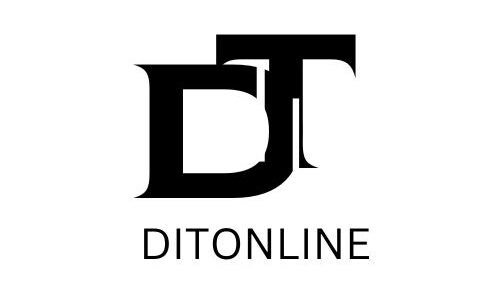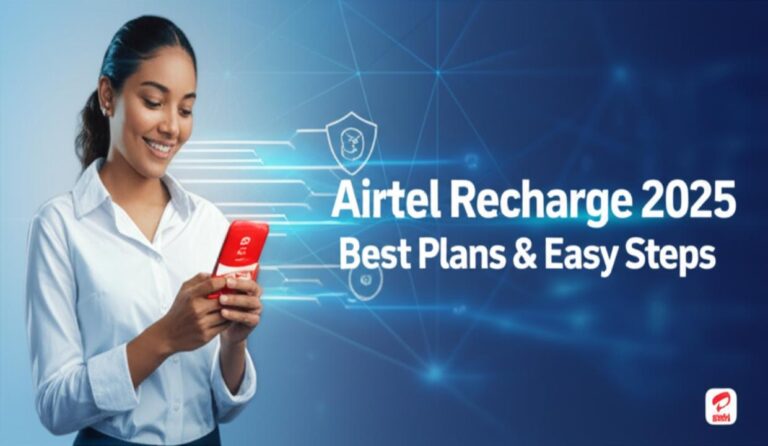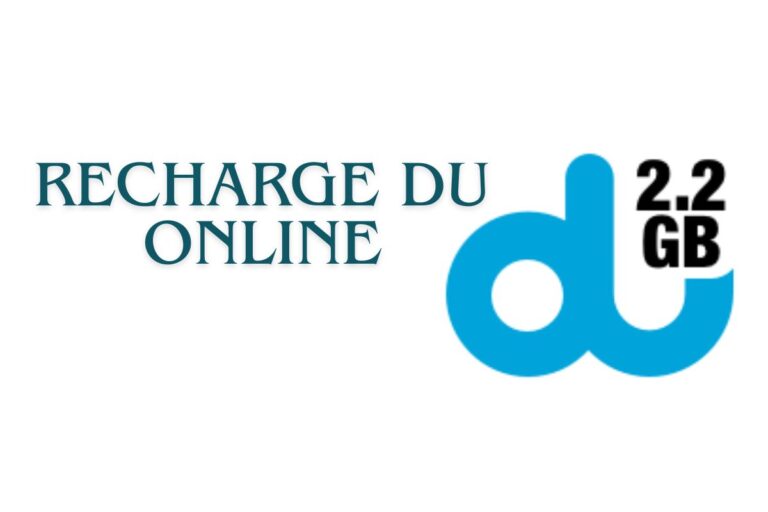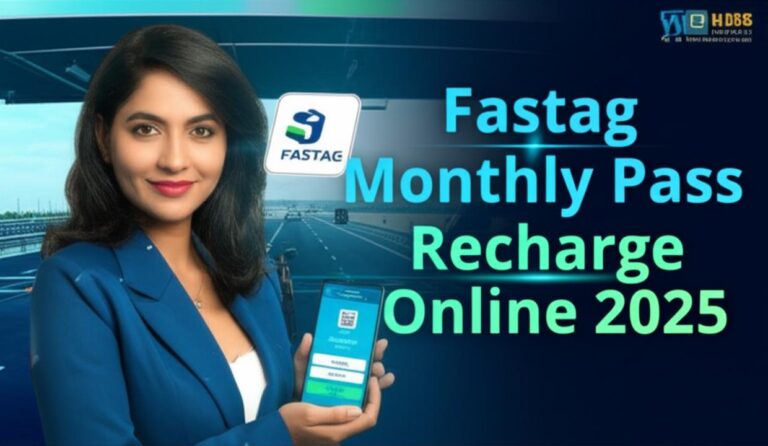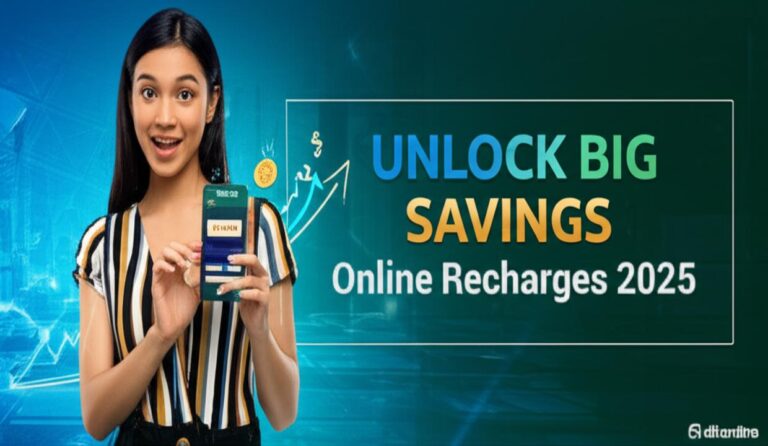Online Mobile Recharge: Seamless & Secure Digital Payments for 2025
Hello! Welcome to ditonline, your trusted source for digital recharge and tech updates.
In our fast-paced digital world, keeping your essential services active is more crucial than ever. Gone are the days of rushing to a physical store or scrambling for loose change. Today, online mobile recharge has transformed how we manage our telecommunications and utility payments. It’s no longer just a convenience; it’s a fundamental part of modern living. From topping up your phone credit to paying your DTH subscription or electricity bill, the process is now seamless, secure, and available at your fingertips. This comprehensive guide will explore the revolutionary impact of digital payments, offering insights into their growth, security, and the platforms that make our lives easier in 2025.
| Recharge Category | Description | Key Benefits |
|---|---|---|
| Mobile Recharge | Instant top-up for prepaid phones, bill payment for postpaid connections. | Convenience, instant mobile top-up, package flexibility. |
| DTH Recharge | Subscription renewal for satellite television services. | Uninterrupted entertainment, varied plan options. |
| Data Card Recharge | Adding data to portable internet devices or dongles. | Stay connected on the go, flexible data plans. |
| Electricity Bill Payment | Settling electricity utility bills online. | Avoid queues, timely payments, bill reminders. |
| Broadband Bill Payment | Paying for home or office internet services. | Consistent connectivity, easy access to billing history. |
The Digital Revolution: Why Online Recharge Matters Now More Than Ever
The landscape of payments is undergoing a profound transformation. The global digital payments market is witnessing explosive growth, evolving from a robust $125.94 billion in 2024 to an impressive $198.99 billion by 2029. This represents a compound annual growth rate (CAGR) of 9.7%. By 2025, market projections suggest a value of $137.43 billion, signaling a clear upward trajectory. The sheer volume of global digital payment transactions further underscores this shift, with an anticipated $13.91 trillion in transactions projected for 2025. This is a significant leap from the $9.46 trillion recorded in 2023. Mobile payments are at the forefront of this revolution. They are a primary catalyst, with an estimated transaction volume of $1.62 trillion in 2025. This truly highlights a definitive consumer move away from traditional cash-based methods. Even within e-commerce, mobile sales alone are forecast to hit $2.5 trillion in 2025. Experts predict these figures could double shortly thereafter. This data unequivocally points to a future where online mobile recharge and other digital payment solutions are not just convenient options, but fundamental necessities for daily life across the globe.
Driving Factors: Consumer Adoption & Usage Patterns
The widespread adoption of digital payment for mobile services isn’t uniform. Yet, it shows remarkable patterns across different regions and demographics. In the U.S., a staggering 85% of consumers aged 18-34 actively used mobile payments in 2025. Popular apps like Venmo and Cash App have become household names. They facilitate everything from splitting restaurant bills to sending money to family. China, a pioneer in digital finance, leads the pack. An astounding 88% of all retail payments are now mobile-based. Platforms such as WeChat Pay and Alipay dominate both bustling urban centers and remote rural areas. Europe is also catching up rapidly. It saw a 34% increase in mobile payment usage in 2025. Countries like Sweden, Norway, and the Netherlands are almost entirely cashless societies. Cash usage is nearly extinct there. The growth isn’t limited to developed economies. Africa experienced a remarkable 45% increase in mobile money transaction volume. It reached $814 billion, powered by services like M-Pesa, Tigo, and Airtel Money. Latin America also recorded a substantial 46% rise in mobile payments. Brazil’s PicPay and Mexico’s Mercado Pago are expanding rapidly. This indicates strong regional adaptation. Moreover, younger generations are leading this charge. An impressive 81% of Gen Z and 75% of Millennials actively use digital wallets in 2025. This trend highlights a fundamental shift in consumer behavior and preferences towards digital solutions for all financial transactions, including instant mobile top-up services.
How Online Recharge Works: A Simple, Step-by-Step Guide
The beauty of online mobile recharge lies in its simplicity. The process typically involves a few straightforward steps. First, you choose your preferred digital payment platform or app. This could be a dedicated recharge portal, a mobile wallet, or your bank’s app. Next, you select the service you want to recharge, such as your mobile phone, DTH, or electricity. You then enter the required details, like your mobile number, subscriber ID, or electricity account number. The platform usually fetches your current plan details or outstanding bill. You then select your desired plan or enter the amount you wish to pay. Finally, you choose a payment method—credit card, debit card, net banking, or digital wallet—and confirm the transaction. Most platforms provide an instant confirmation and a digital receipt. The entire process often takes less than a minute. This makes it incredibly convenient for busy individuals or anyone needing an instant mobile top-up on the go. The ease of use is a major factor driving the widespread adoption of digital payment for mobile services.
Popular Platforms Driving the Digital Payment Ecosystem
The success of online mobile recharge and other digital payment services heavily relies on robust and user-friendly platforms. These platforms have not only simplified transactions but have also built significant user trust. Proximity payments, often NFC-based, experienced a massive 55% global growth in 2025. They are particularly favored in regions with high smartphone penetration. Simply tapping your phone to a terminal is often enough to complete a transaction. The QR code payment market is another rapidly expanding segment. It was estimated at $13.04 billion in 2025 and is projected to more than double to $28.64 billion by 2030, showing a remarkable CAGR of 17.03%. This method is incredibly versatile and widely used across various merchant types. Established payment platforms like PayPal continue to demonstrate immense consumer trust and usage. PayPal boasts a massive user base of 434 million individuals. It processes transactions totaling $26 billion, underscoring its significant role in the digital economy. Stripe, a powerhouse in payment processing for businesses, further highlights this trend. In 2024, it processed over $1.4 trillion in payment volume. This is equivalent to approximately 1.3% of global GDP (Source 3). These figures paint a clear picture. Digital platforms are not just facilitating payments; they are becoming integral to global commerce and daily financial interactions. They provide secure and efficient channels for every kind of transaction, including crucial instant mobile top-up services.
Ensuring Peace of Mind: Security and User Experience in Online Payments
When it comes to digital payment for mobile services, consumers consistently prioritize security and ease of use above all else. Research shows that these factors often outweigh cost considerations when individuals choose their preferred digital payment methods (Source 5). This focus on reliability has driven significant advancements in payment technology. For instance, the increasing integration of Artificial Intelligence (AI) into payment systems is specifically aimed at bolstering fraud detection and prevention. AI algorithms can analyze vast amounts of transaction data in real-time. They identify suspicious patterns and flag potential fraudulent activities. This proactive approach significantly enhances trustworthiness and reduces risks for users engaging in online mobile recharge. Furthermore, the adoption of real-time or instant payments is accelerating. This is particularly true in dynamic Asia-Pacific markets like India, where transaction volumes are exceptionally high. Instant payment systems ensure that funds are transferred almost immediately. This provides both the payer and the recipient with immediate confirmation. It improves cash flow for businesses and offers instant gratification for consumers. Knowing that your payment is processed instantly and securely gives immense peace of mind. This means your phone credit is topped up the moment you pay, or your DTH service is reactivated without delay. These technological advancements are continuously improving the overall user experience. They make digital transactions not only more convenient but also demonstrably safer than ever before.
The Undeniable Benefits of Embracing Online Recharge
The advantages of online mobile recharge extend far beyond mere convenience. They fundamentally change how we interact with service providers. One of the most significant benefits is accessibility. You can recharge your phone or pay bills anytime, anywhere, as long as you have an internet connection. This eliminates the need to visit physical stores, saving precious time and effort. Imagine needing an instant mobile top-up late at night or during a holiday when stores are closed; online services are always available. Digital platforms also offer unparalleled transparency. You can easily view available plans, compare different offers, and track your transaction history. Many platforms also send reminders for bill due dates or low balances, helping you avoid service interruptions. My family often uses these features to manage multiple mobile recharges. This ensures everyone stays connected. The competitive landscape of online payment providers often leads to attractive discounts, cashback offers, and loyalty rewards. These can translate into significant savings over time. Moreover, reducing reliance on cash and paper bills contributes to a more sustainable, eco-friendly environment. It’s a small change with a collective positive impact. The sheer speed of an instant mobile top-up is also a huge plus. Your service is typically restored within seconds, preventing any downtime. This is especially critical for critical communications. Overall, online recharge streamlines a necessary chore, turning it into a quick, rewarding, and hassle-free experience.
Addressing the Challenges: Limitations of Online Recharge
While the benefits of online mobile recharge are numerous, it’s also important to acknowledge its limitations. The primary challenge is its inherent dependency on a stable internet connection. In areas with poor network coverage or during internet outages, performing an instant mobile top-up can become impossible. This can be frustrating, especially in urgent situations. Another concern for some users relates to security, despite advanced fraud detection systems. While digital platforms are generally secure, the risk of phishing scams, data breaches, or unauthorized access to accounts remains a concern for less tech-savvy individuals. It emphasizes the need for strong passwords and careful vigilance. The digital divide also plays a role. Not everyone has access to smartphones, reliable internet, or even the digital literacy required to navigate these platforms. This can exclude a segment of the population, particularly in developing regions or among older generations. Over-reliance on a single app or platform could also be a subtle limitation. If that specific service experiences technical glitches, users might be temporarily unable to complete transactions. Lastly, while online platforms offer convenience, some individuals prefer the human interaction and assistance available at physical recharge outlets. It provides a sense of reassurance and direct problem-solving. Understanding these limitations helps in appreciating the full scope of the digital payment ecosystem and addressing areas for improvement to make it truly universal for all types of digital payment for mobile users.
Competitive Edge: Pricing & Offers in the Online Recharge Landscape
The intense competition among various online mobile recharge platforms has created a highly favorable environment for consumers. Service providers constantly vie for market share by offering compelling pricing strategies and attractive promotions. It’s common to find platforms providing exclusive discounts, tempting cashback offers, and exciting loyalty programs. These incentives often make recharging online more economical than traditional methods. Many apps partner with telecom operators or utility companies to offer bundled deals. For instance, a particular platform might provide an extra 10% data or talk time for an instant mobile top-up. Or it might give a flat discount on your electricity bill payment when processed through their service. My friend once got a significant cashback just for recharging his DTH online during a festive season. This encouraged him to use the service regularly. These offers are not static. They frequently change, especially during holidays or special events. This dynamic pricing strategy rewards users for their loyalty and encourages them to explore new services. It’s always advisable to compare offers across different platforms before making a payment. This ensures you get the best possible value for your digital payment for mobile services. The sheer variety of options and the potential for savings are significant draws for millions of users migrating to online recharge methods. This competitive environment fosters innovation, leading to better services and more rewards for the end-user.
Global Reach and the Future of Digital Payments
The future of online mobile recharge and the broader digital payments landscape appears exceptionally bright. Global digital payment transaction values are projected to soar, reaching $14.79 trillion by 2027. This signifies an impressive annual growth rate of 11.79% CAGR. Key growth markets driving this expansion include the U.S. and China. The U.S. market alone is expected to swell to $3.53 trillion by 2027. This is fueled by a robust 14.66% CAGR (Source 4). This indicates continuous and strong adoption of digital financial tools. As consumer preferences evolve and technological advancements accelerate, mobile recharge and payments will become even more seamlessly integrated into our daily routines. We can anticipate further innovations like enhanced biometric authentication, even faster transaction processing, and greater personalization of offers. The increasing ubiquity of smartphones, coupled with improving internet infrastructure worldwide, will continue to drive this expansion. Imagine a future where your smart home automatically pays your bills, or your car handles its own toll payments. These scenarios are not far-fetched. The trend towards `real-time payments` will also continue to gain traction. This is especially true in regions like Asia-Pacific, already demonstrating high transaction volumes (Source 5). The vision is clear: a world where money moves instantly, securely, and effortlessly, making every aspect of our financial lives, including an instant mobile top-up, simpler and more efficient than ever before. This global shift towards a cashless society is not just a trend; it’s a fundamental recalibration of how we manage our finances in the digital age.
| Pros | Cons |
|---|---|
| Convenience: Recharge anytime, anywhere without visiting a store. | Internet Dependency: Recharge fails without a stable connection. |
| Speed: Instant processing and service activation. | Security Concerns: Risk of cyber threats if platforms are not secure. |
| Offers & Discounts: Access to exclusive cashback and promotional deals. | Digital Divide: Not accessible to those without internet or smartphones. |
| Transparency: Easy tracking of transactions and bill details. | Technical Glitches: Occasional platform errors can cause delays. |
| Eco-Friendly: Reduces paper usage and carbon footprint. | Over-Reliance: Dependence on third-party apps and their service stability. |
Frequently Asked Questions About Online Recharge
How does online mobile recharge ensure my payment is secure?
Online recharge platforms use advanced security measures like encryption, multi-factor authentication, and AI-driven fraud detection. These technologies protect your personal and financial data during every transaction. They convert sensitive information into unreadable code and require multiple verification steps, significantly reducing the risk of unauthorized access or fraud for your digital payment for mobile services.
Why should I prefer instant mobile top-up over traditional methods?
An instant mobile top-up offers unparalleled convenience and speed. You can recharge your phone anytime, anywhere, eliminating the need to find a physical store. It often comes with exclusive discounts and cashback offers, providing better value. Moreover, immediate service activation means no downtime for your communication needs.
Can I pay utility bills like electricity through these platforms?
Yes, most comprehensive digital payment platforms allow you to pay various utility bills, including electricity, water, and gas. You typically just need to enter your account number or consumer ID. The system fetches your bill details, allowing for a quick and secure payment, often with reminders to help you pay on time.
Are there any hidden charges when I perform online mobile recharge?
Generally, reputable platforms clearly display all charges before you confirm a transaction. While the recharge amount itself is straightforward, some platforms might have minor convenience fees for specific payment methods. However, these are usually negligible and well-communicated. Always check the final amount before proceeding with your digital payment for mobile transaction.
What if my instant mobile top-up fails?
If an instant mobile top-up fails, the payment amount is usually refunded to your source account or digital wallet within a few business days. Most platforms provide a transaction ID for reference and have dedicated customer support. You can contact them to track the payment status or resolve any issues encountered during the recharge process.
Total Word Count: 1297
